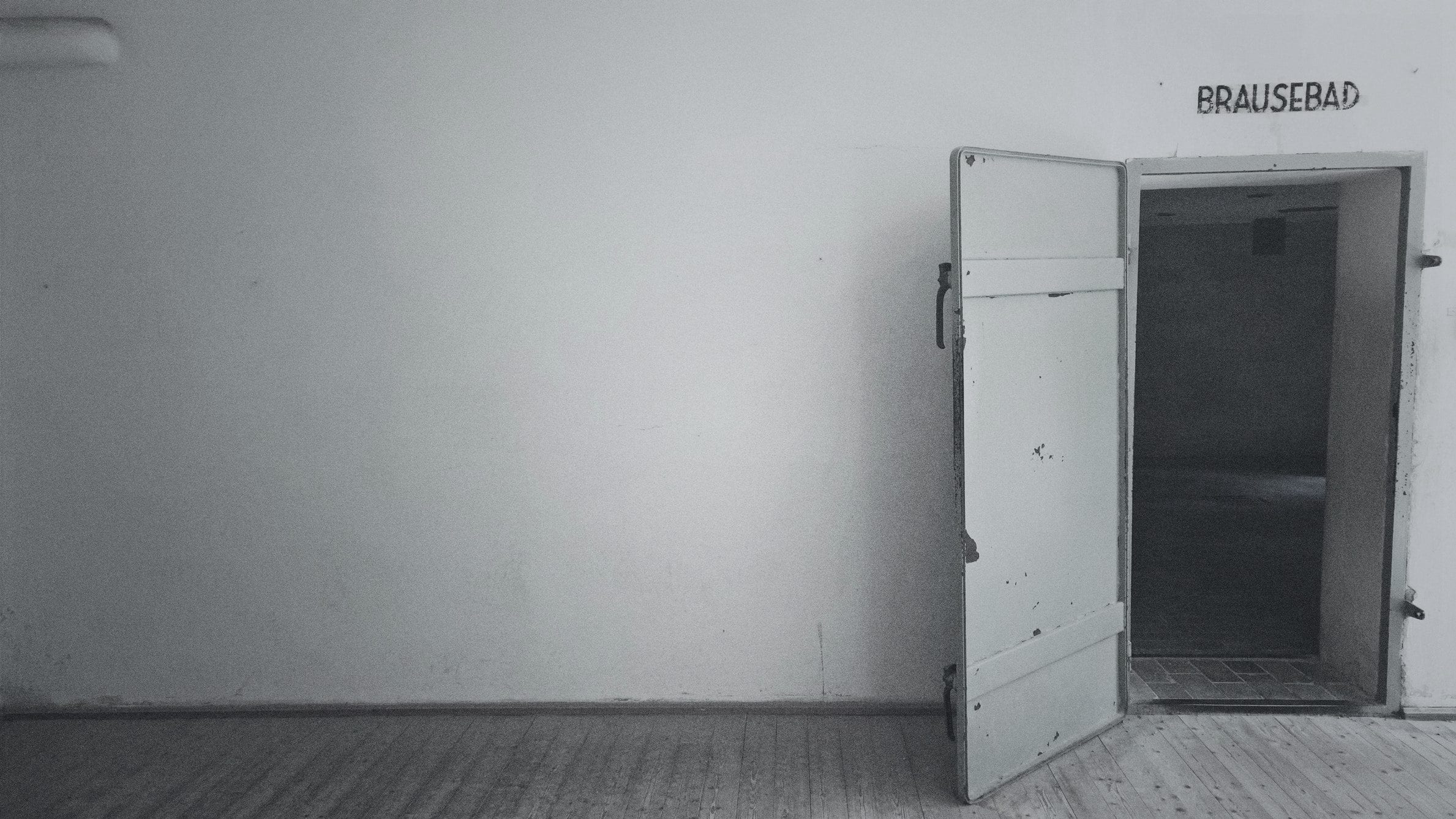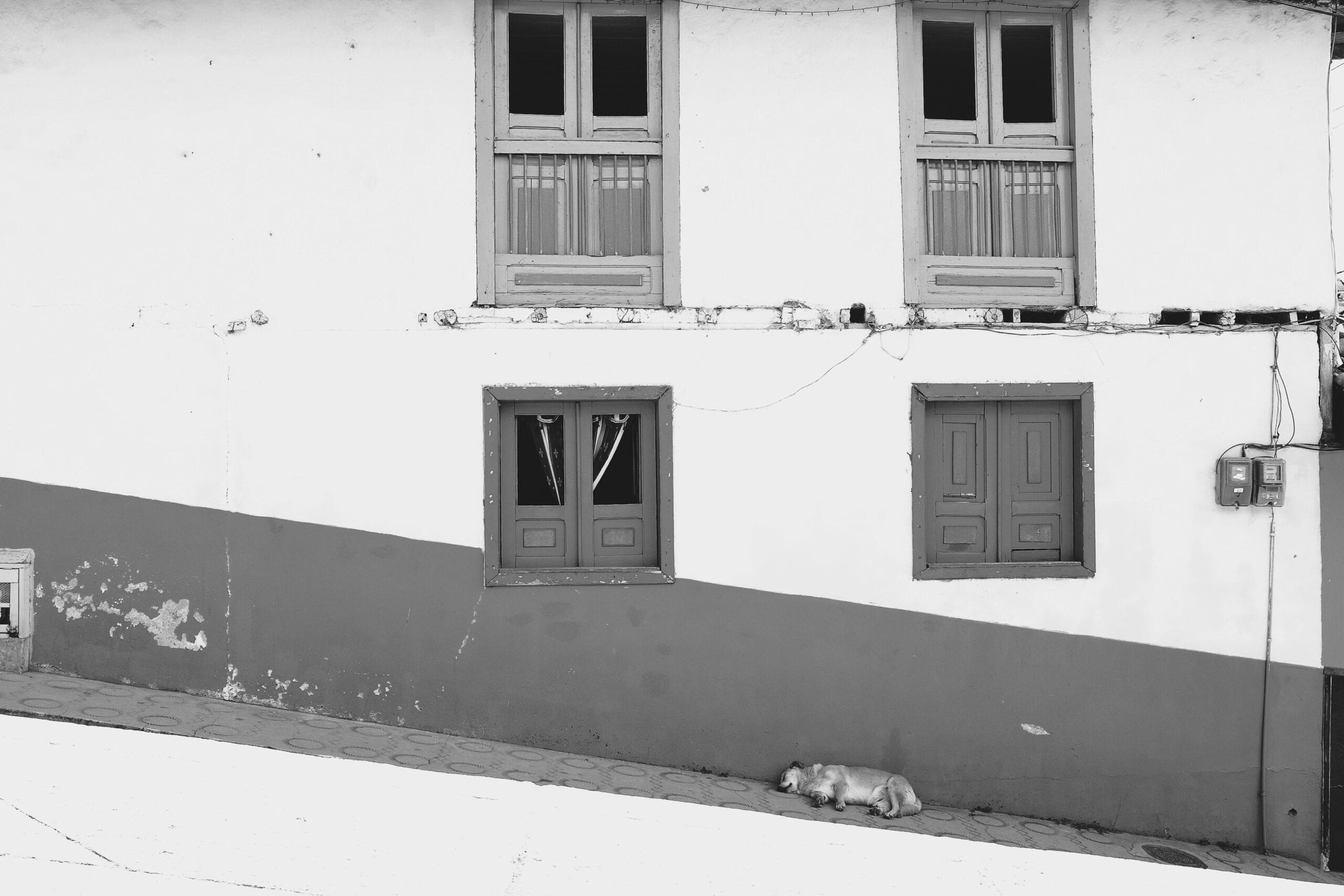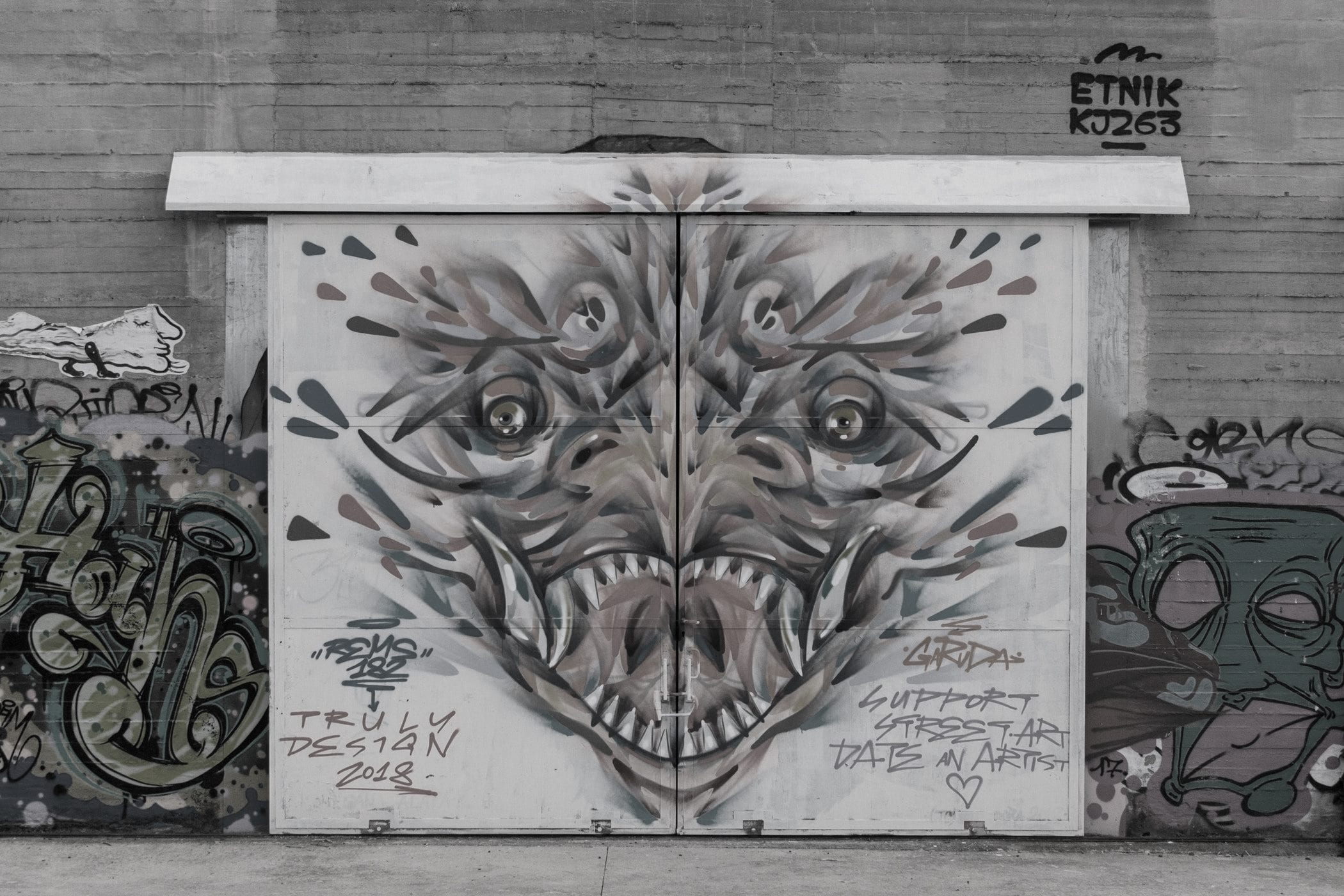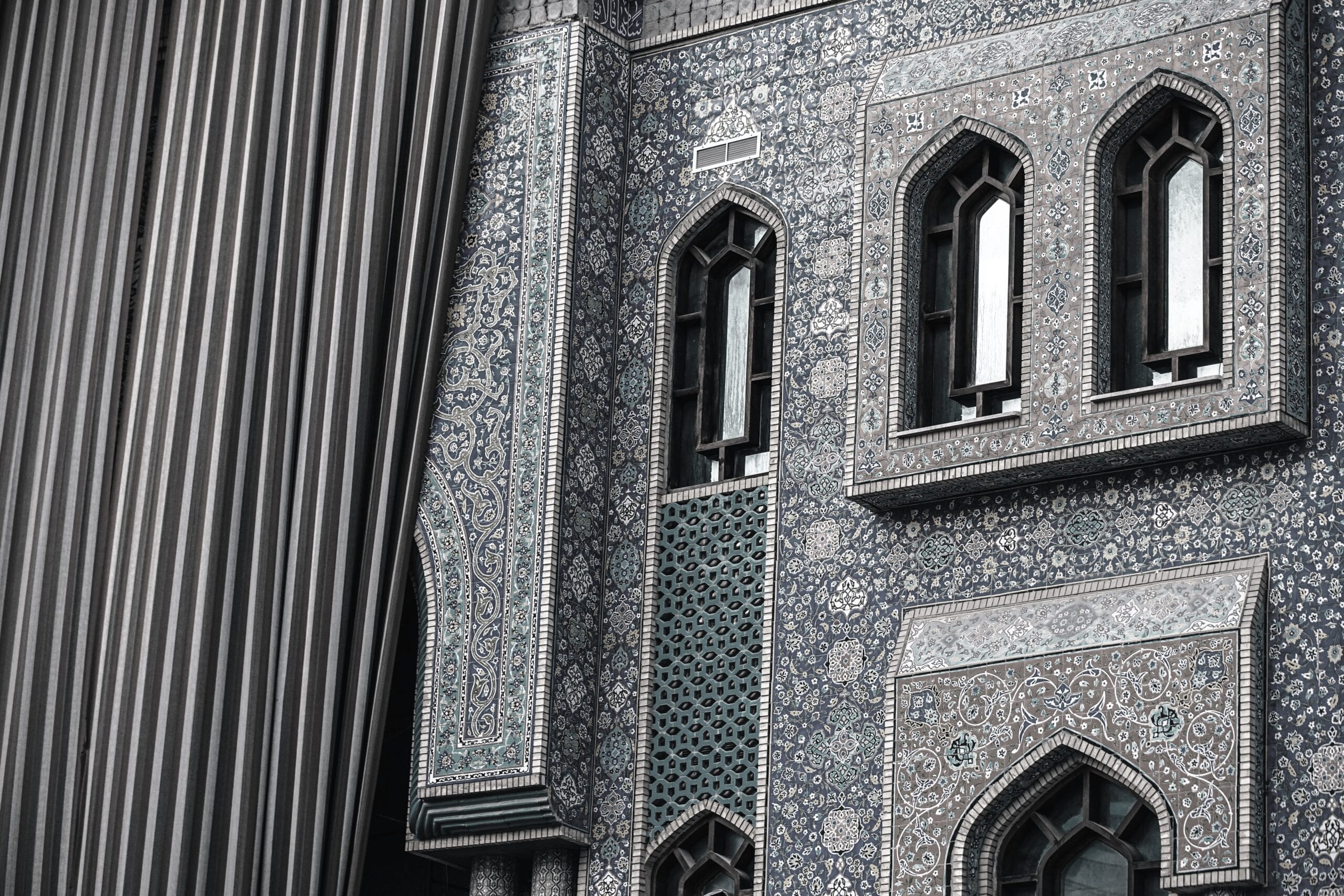Abstract In Iran, the politically sanctioned discourses of embodiment and body management are based on binary notions of gender and sexuality. These discourses are contested by social trends that reflect political dissent. This article uses a combination of content and visual analysis of three Instagram profiles dedicated to fashion to answer the question: ‘Is queer […]









